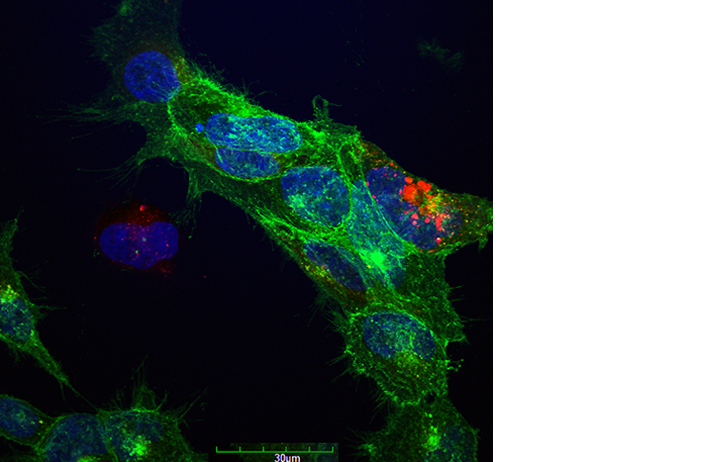- Home
- Staff Profiles & Phone Book
- About the Department
- A History of the Department LANDING PAGE
- A history of the Department; The early years to the 1980s
- A history of the Department; The move from the Windle Building to BSI and WGB
- UCC Professors of Anatomy and Heads of Department
- The development of the UCC HUB
- Current students, recent research graduates and awards
- Useful Links
- Welcome from Head of Department of Anatomy and Neuroscience
- Study Anatomy
- Study Neuroscience
- Research
- UCC Anatomical Donations
- Biosciences Imaging Centre
- BSc Medical and Health Sciences
- News & Events
- News Archive 2024
- News Archive 2023
- News Archive 2022
- News Archive 2021
- News Archive 2020
- News Archive 2019
- News Archive 2018
- Recent Publications
- News archive 2017
- News Archive 2016
- News Archive2015
- News Archive 2014
- News Archive 2013
- News Archive 2012
- News Archive 2011
- BRAIN AWARENESS WEEK 2023
- Department Events and Conferences
- Seminar series 2019_2020
- photo galleries
- Narrowing the void Conference 2023
- Photos of BSc Medical and Health Sciences Mentoring launch 2022
- International Women's Day 2023
- 2023 BRIGHT FUTURES - Celebrating our researchers
- 2023 UCC Futures - Future Ageing & Brain Sciences
- Recent Graduations July 2023
- Anatomy and Neuroscience Top 100 Anatomy Physiology 2023
- BRAIN AWARENESS WEEK 2023 FUN AND GAMES EVENT
- Medical and Health Sciences First year class 2023
- 2023 Brain Awareness week Scientific discussion photo gallery
- World Anatomy Day 2023
- BSc MHS MENTORING PROGRAMME 2023
- BSc Medical and Health Sciences Graduation 2023
- BSc Neuroscience Graduation Photo Gallery 2023
- Dr Kathy Quane Nov 2023
- THANKSGIVING PHOTOS 2012
- Photo Gallery: Society of Translational Medicine Careers Fair 2023
- Photo Gallery:2023 TRAIN AWARDS
- Photo Gallery:2024 Creative Week St Joseph's NS
- Photo Gallery: Department of Anatomy and Neuroscience Thanksgiving Service 2024
- Photo Gallery: Professor Aideen Sullivan farewell party
- Photo Gallery: Irish Pain Society Annual Scientific Meeting Cork 2023
- Photo Gallery: 2024 Medical and Health Sciences Graduation
- Photo Gallery: Medical and Health Sciences Meet and Greet 2024
- Photo Gallery: 2024 BSC NEUROSCIENCE Graduation
- Photo Gallery: 2025 INTERNATIONAL WOMEN'S DAY
- Narrowing the Void Conference 2023
- Department of Anatomy and Neuroscience Contact Us
May 2015
May 2015

May 2015:
Submitted by: Dr Harriet Schellekens
Dr. Harriët Schellekens is a Lecturer in the department of Anatomy & Neuroscience and a Principal Investigator with APC Microbiome Institute and Food for Health Ireland. Her research focusses on the neuronal circuitry underlying the complex relationship between stress, mood and food intake. In particular, her work involves the pharmacological targeting of G-protein coupled receptors (GPCRs) expressed in the brain. Recently, she has identified a novel heterodimer between two key GPCRs important in the central regulation of feeding behaviour, namely, the ghrelin or GHS-R1a receptor and the 5-HT2C receptor (Schellekens et al., JBC, 2013; Schellekens et al., ACS Chemical Neuroscience, 2015). These findings have uncovered a novel mechanism of serotonin-mediated attenuation of the ghrelin receptor, which is poised to have significant impact on the future pharmacological targeting of the ghrelin receptor in the homeostatic regulation of body weight as well as hedonic appetite signalling, which both play a significant role in the development of obesity.
The image depicts human embryonic kidney (Hek) cells with stable expression of the ghrelin receptor (green). Cells also express the 5HT2C receptor (red) after lentiviral transduction. Co-localized receptor expression and possible heterodimerization is indicated by yellow colour overlap. Cell nuclei were stained with bisbenzamide (blue). The image was taken using confocal microscopy.
